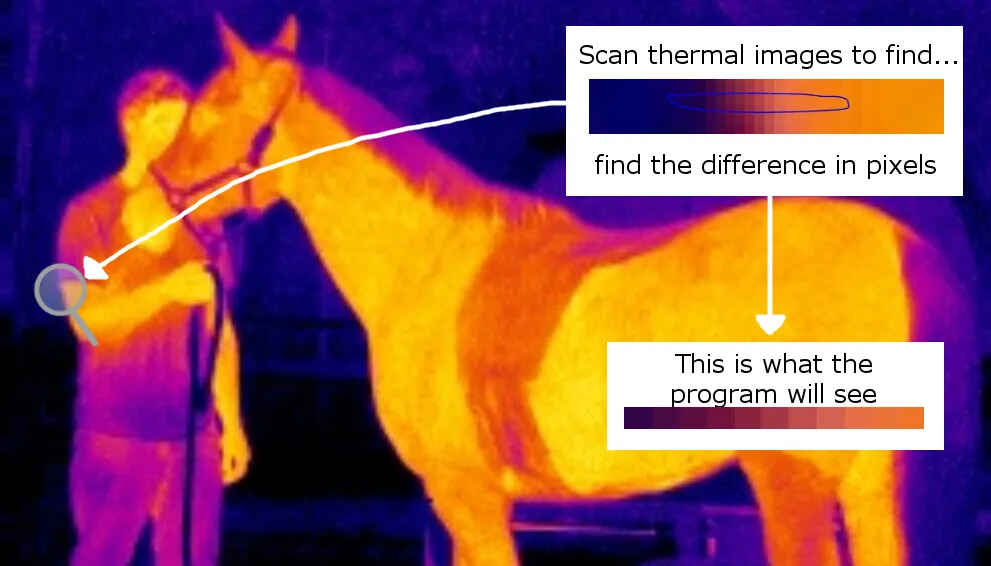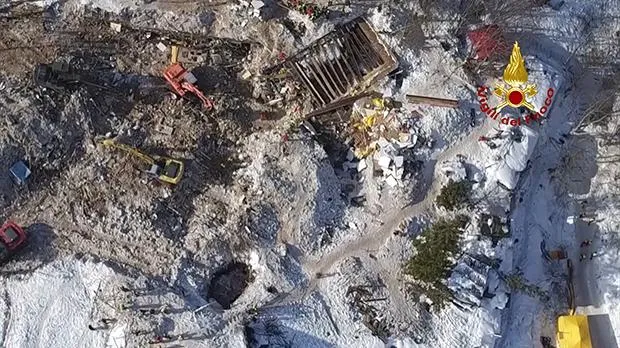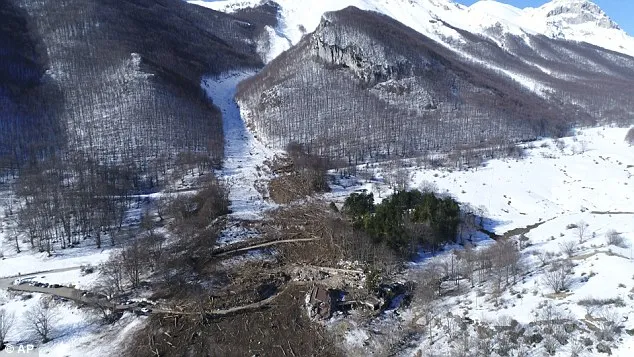This content was deleted by the author. You can see it from Blockchain History logs.
RRRD Safety Drone Whitepaper
The R3D Whitepaper

Concept Drone Render
The Problem at Hand
We have a problem. Natural and artificial disasters are rapidly occurring and the time it takes for rescuers or first responders to get on the site and find people is simply too time consuming. There are a multitude of solutions for this problem, however the vast majority require people on the site where the disaster occurred. Teams that fly drones in hopes of finding people from an aerial view do exist. The only problem with this is that we are fully reliant on people flying the drones safely and looking closely to find people. (Human error exists)
The Solution
Our solution is simple: Build a durable, low cost drone that searches a given area automatically with software that allows the detection of people. We'd need a drone that is durable in order to withstand weather. The drone would also need to be low cost ($500 - $1,500) for many reasons:
- They would be easily adopted by medical stations, first responders, and private companies (not too expensive to invest in multiple)
- If one were to crash, (worst-case scenario) there is less financial risk
- More people than ever would be able to legally assist in a search
How it May Work
The drone would be built with a thermal camera. With this thermal camera, we can scan the surroundings to find animals or humans. The difference is that our drone would come equipped with software that scans the difference in pixel colors.

The drone would then be capable of mapping an outline of a potential disaster victim

After an outline is created, the image would then be sent to the workers' phones or computers notifying them of the find.
The workers would then go on site and rescue the victim
Why This Drone is Much More Effective on a Search and Rescue Mission
- The drone would save time finding disaster victims
- First responders would be put at less risk finding people
- The responders won't waste their time searching in a place that doesn't have anyone who needs help
- Searching would be more efficient
- Responders won't need to be on a site where nothing is found
- Search areas can be broadened
- First responders no longer worry about having to navigate through wreckage in order to find people
- Drones can search faster over longer distances
Potential Complications
- The drone would need to be equipped with many sensors along with the thermal camera for navigation and obstacle-avoidance
- The drone may not be able to fly in high winds
- The drone would only be able to scan areas where the environment and its surrounds are warmer or cooler than a human body
- Would work best in cold weather (Avalanche searches, etc.)
- The drone would not be able to find people buried under objects
Ideal Searching Examples




This whitepaper is a challenge for anyone who wants to help improve search and rescue missions!
Any comments, questions, or concerns are welcomed.






